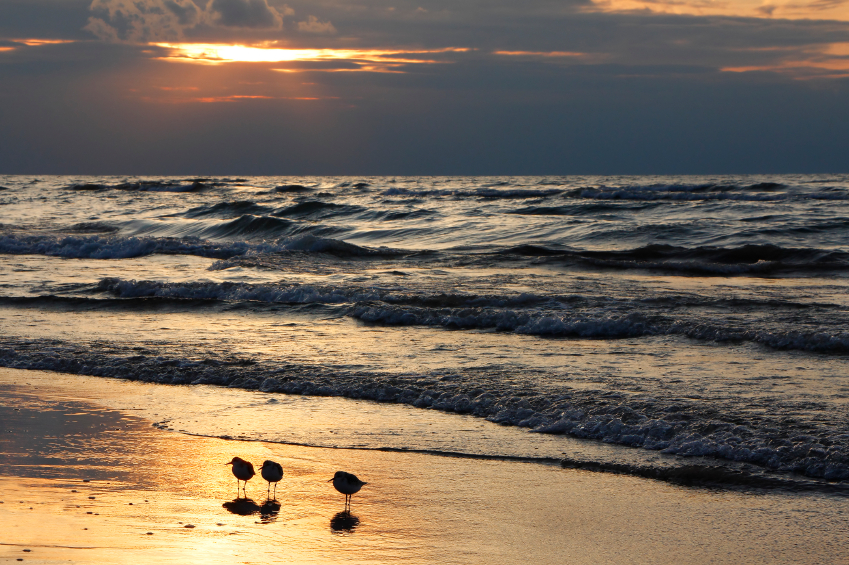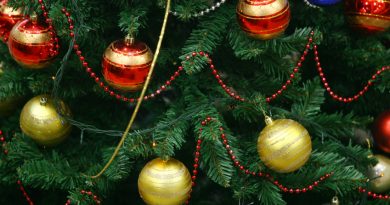Birds carry plant fragments from Arctic

Mosses and other plants that grow in northernmost North America are also found in southern South America, but not in the regions between.
Now scientists say they know why: Long-distance migrating birds are carrying plant spores and fragments in their feathers when they migrate south for the winter, according to a study published in the open-access journal PeerJ.
The study, led by botanist Lily Lewis of the University of Connecticut, analyzed breast feathers plucked from migratory birds nesting on Alaska’s North Slope.
The bird-plant connection
What the researchers found were 23 tiny bits of mosses, liverworts, cyanobacteria, algae and fungi embedded in the birds’ downy front feathers. The plant pieces were “diaspores,” the botanical term for units that cause plants to grow in new places, said Lewis, a PhD candidate at UConn. None of the microscopic diaspores found in the study were seeds, and none of the plants involved produce seeds, Lewis said. The diaspores discovered in the bird feathers were spores, moss-leaf pieces and other fragments capable of growing once deposited on the ground, she said.
“I wasn’t sure if we were searching for a needle in a hay stack when we started the project. I was surprised at how many plant parts we found,” she said.
The bird-plant connection has been speculated in the past, and supported by the correlation of birds and plants in far-north and far-south locations, “but the evidence has been exclusively circumstantial evidence,” she said.
The discovery of plant diaspores in the birds’ feathers is is now direct evidence that migrating birds are spreading plants from the northern polar region to the southern polar region, also known as “bipolar” distribution, Lewis said.
The belief is that the plant fragments are dropped on the ground with the feathers the end of the birds’ migratory journeys, she said.
“Where are they going to drop their feathers when they’re migrating?” she said. That would be during the seasonal molt, when old feathers are exchanged for new, she said. “They’re probably going to drop the diaspores where their feathers get dropped.”
The exchange could also be going the other way, south to north, depending on the birds’ molt schedule, she said.
Feather samples
The birds that supplied the feathers were summer nesters on Alaska’s North Slope and on Bylot Island in Canada’s Nunavut Territory.
The species with plant fragments in their feathers were American golden-plovers, semipalmated sandpipers and red phalaropes, birds known for their long-distance migrations between Arctic breeding grounds and South American wintering grounds.
The feather samples were gathered by biologists working in the Arctic Shorebird Demographics Network, Lewis said. They agreed to piggyback the plant study onto their other bird studies, and plucked feathers during summer field seasons from 2008 to 2013.
Much remains unknown about the some of the birds’ migration path, which can vary widely, Lewis said. Some appear to stop only rarely, when storms or unusual problems strike, and others migrate over open ocean waters, where people generally do not see them, she said.
Related stories from around the North:
Canada: Fighting to protect bird habitat in North America’s boreal forest (SLIDESHOW), Eye on the Arctic
Finland: Mild winter puts bird migration on hold in Finland, Yle News
Norway: When birds take to oil rigs, Eye on the Arctic
Sweden: Swedish Coast Guard seeks answers on injured birds, Radio Sweden
United States: Biologists seek help to solve mystery of disappearing rusty blackbirds, Alaska Dispatch



